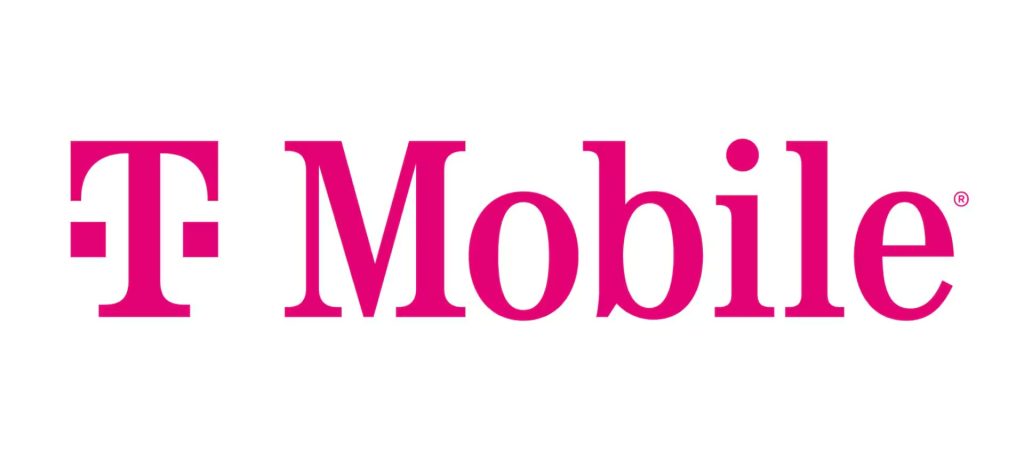
Table of Contents
At 5Gstore, we’re passionate about helping our customers stay connected using the latest wireless technologies. That’s why news like this gets us excited – T-Mobile just became the first U.S. carrier to enable a new 5G performance feature called L4S across its 5G Standalone (SA) network.
If you’re wondering what “L4S” even means or why it’s important, don’t worry – you’re not alone. This is a behind-the-scenes network upgrade that delivers very real improvements, especially for users who rely on low-latency, real-time applications like gaming, video conferencing, or industrial IoT.
In this blog post, we’ll break down what L4S is, why T-Mobile’s announcement is a big deal, and how this could benefit your 5G devices – now and in the future.
What Is L4S?
L4S stands for Low Latency, Low Loss, Scalable throughput. It’s a modern network protocol enhancement that tackles one of the most frustrating issues in connectivity: latency – the delay between when you send data and when the network responds.
Today’s networks can have excellent download and upload speeds, but when latency is high, you still feel lag in applications that require quick, two-way communication. For example:
- Online gaming may suffer from slow responsiveness or lag spikes.
- Video conferencing might have noticeable delays or awkward talking-over-each-other moments.
- Industrial systems or remote control platforms may respond too slowly to be effective.
L4S solves this by essentially giving applications a direct and “express” route through the network with minimal delays and fewer dropped packets. Think of it as a new fast lane on the 5G highway – one built for the real-time digital world we’re quickly moving into.
Why T-Mobile’s Deployment Matters
T-Mobile’s rollout of L4S is a significant step because it’s the first major U.S. carrier to turn this feature on at scale. It’s currently live in select parts of the network and will expand nationwide over time. Importantly, this enhancement works only on 5G Standalone (SA) networks – not older, LTE-assisted 5G networks (called Non-Standalone or NSA).
T-Mobile has been a leader in deploying SA 5G, which is the foundation needed to unlock next-generation features like L4S. By enabling it early, T-Mobile is signaling a serious commitment to pushing 5G beyond just faster speeds – it’s about lower latency, higher reliability, and future-ready performance.
This opens the door to supporting more advanced applications, such as:
- Cloud gaming with console-like responsiveness
- Real-time augmented/virtual reality (AR/VR)
- Autonomous robotics and drones
- Smart cities and mission-critical IoT deployments
Will My Devices Benefit?
That’s a great question – and the answer depends on your device. While the L4S feature is active on the network, devices must also support L4S to take advantage of it.
T-Mobile is working closely with chipmakers like Qualcomm, MediaTek, and Intel to bring L4S support to smartphones, tablets, laptops, and other connected devices in future hardware releases. That means:
- Current devices likely don’t support L4S yet (though firmware updates could change that in some cases).
- Upcoming devices in 2025 will start supporting it natively, especially higher-end models or 5G-specific enterprise hardware.
At 5Gstore, we anticipate that enterprise routers, IoT gateways, and industrial modems will begin to offer L4S support as the technology matures. We’ll be tracking compatibility updates for brands like Cradlepoint, Peplink, Teltonika, and others.
What Does This Mean for 5Gstore Customers?
Whether you’re deploying 5G for business continuity, remote monitoring, smart agriculture, or connected vehicles, L4S promises to make everything more responsive and stable. This is especially important for applications where even slight delays or packet loss can cause big issues – like in security systems, remote surgery, or precision automation.
If you’re currently designing a 5G solution, here’s what we recommend:
- Plan for L4S support when selecting future hardware.
- Monitor firmware updates for your current 5G routers – some may add L4S compatibility.
- Ask our team if you’re unsure whether your application would benefit from low-latency enhancements.
As this technology rolls out, we’ll be here to help you adapt and take advantage of the improvements – just like we’ve done with WiFi 6E, eSIM activation, and private cellular networks.
Final Thoughts
T-Mobile’s activation of L4S is one of those “invisible” upgrades that can have a huge impact on user experience – especially in a world that increasingly relies on real-time communication and responsive connectivity.
We’re excited to see how L4S transforms the performance of 5G in both consumer and enterprise environments. And as always, 5Gstore will be ready with the hardware, guidance, and support to help you make the most of it.
Stay tuned to our blog as we continue to track the rollout and bring you updates on L4S-compatible routers and devices.

